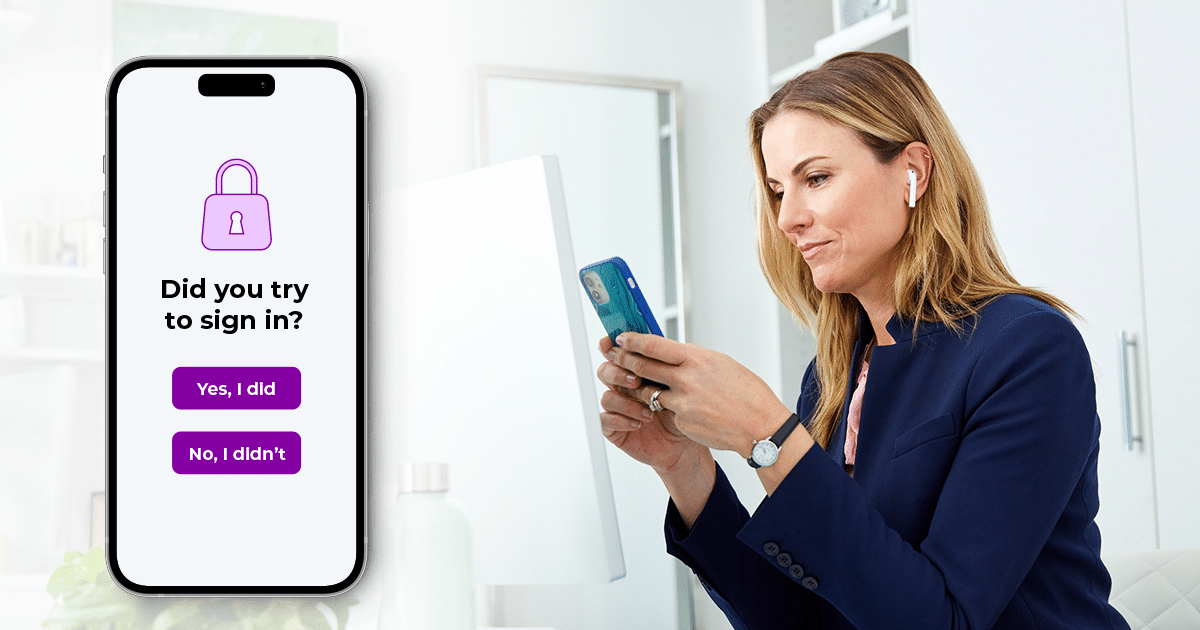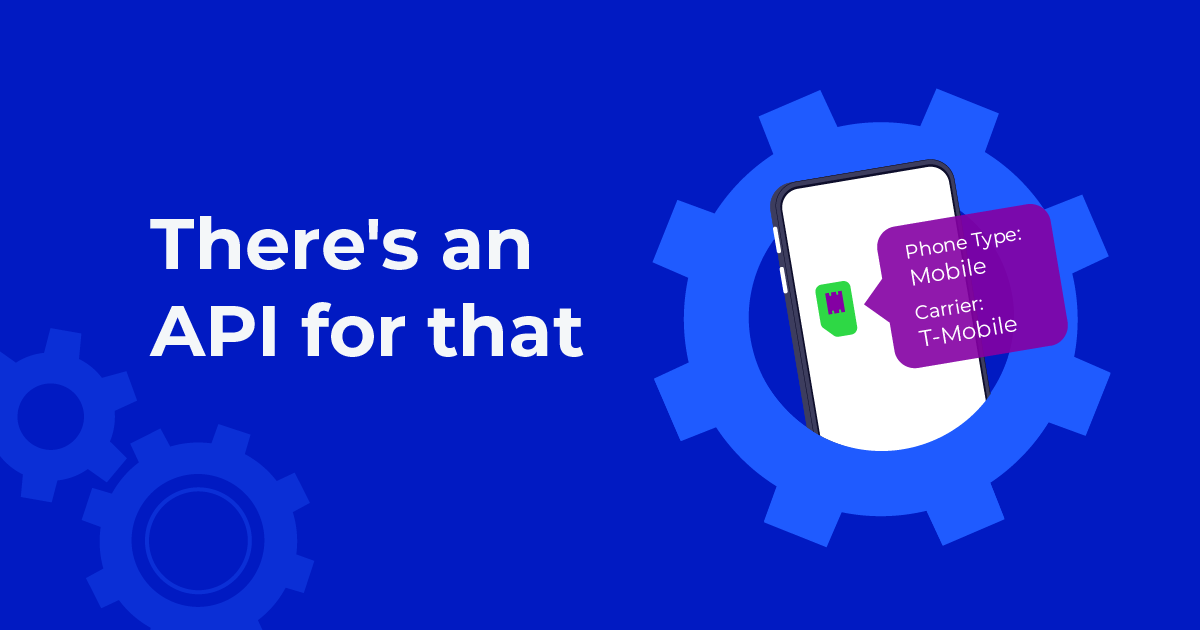
Building and maintaining customer authentication workflows can be a large resource burden for development teams in mobile application companies. With the proliferation of mobile applications and the ever-increasing expectations for seamless customer experiences, the pressure on development teams to deliver robust authentication solutions is greater than ever.
Because bad actors are constantly evolving their attack mechanisms, development teams are often tasked with refactoring account authentication measures while also working on other critical projects. This constant battle against evolving threats requires a proactive approach to security, one that integrates authentication best practices seamlessly into the development lifecycle. From implementing multifactor authentication to staying up to date with the latest security protocols, developers must navigate a complex landscape while ensuring the protection of customer data and privacy.
With Telesign’s newly launched Push Verify channel within the Verify API, developers can reduce their time spent on security efforts while enhancing application security with a unified API that allows customers to confirm login attempts directly through app notifications.
Increase security while reducing friction
Push Verify can help solve several security and sign-in issues associated with traditional authentication methods, including:
- SMS delivery delays and failures: Push verification avoids complexities related to SMS network outages and phone number issues by alerting users about authentication attempts in a secure application on their device.
- One-time passcode (OTP) fatigue and errors: Push verification eliminates the time and effort it usually takes for a customer to receive and enter an OTP. Customers can view authentication details within their application and approve or deny access, typically via a simple click of a button. The solution also prevents human input errors when entering OTPs.
- Phishing attacks: Push verification can also help minimize the risk of weak passwords. Push verification is one of the few forms of authentication that allows customers to deny login attempts. This allows companies to take advantage of that information to identify real-time phishing attacks or other malicious activity
Utilize multiple channels with a single integration
Verify every customer even if they can’t receive a push notification. Push Verify has a native SMS fallback capability that allows verification through SMS in instances where the customer can’t receive a push notification. This gives developers the ability to create a seamless, cost-effective authentication experience with a single integration. And for developers who are looking to scale into new verification channels, the Verify API makes it easy with seven integrated channels—Push, SMS, Email, WhatsApp, Viber, RCS & Silent Verify.
How Push Verify works

Learn more through developer resources
Make sure to visit the Telesign Developer Center to learn about our APIs and quickly access documentation, GitHub repositories, and other technical resources.



